If we could start from scratch, could we achieve the holy grail of advancement without limitation by means?
Ski racing is such an amazing sport. The combination of strength, athleticism, beauty, power, speed, grace, skill and strategy is unmatched.Both teenagers and thirty-somethings are able to succeed at the highest level winning World Cups and Olympic medals. So many factors and skills come into play that a variety of sizes, shapes and body types from nations around the world are able to compete successfully. World-class athletes emerge from the biggest resorts and from the smallest hills, the common threads being snow and gravity.Skiing is played in an environment where no two turns are ever the same. The weather, snow conditions, hills and courses are constantly changing. The complex skills required are mind-boggling. It’s no wonder that skiers Hermann Maier, Jeremy Bloom and Bode Miller all won the U.S. Superstars TV competitions in the early 2000s.
Because of the unique environment, skiing remains one of the few sports where it’s still possible to outwork the competition through the accumulation of hours on snow. The Croatian Kostelic siblings personified that during their developmental years and later careers. Current examples are playing out today.
Skiing also requires an early start. Most champions don’t remember learning to ski, just that they always have. In a study of 1984 to 1988 U.S. Olympic athletes titled “Path to Excellence” Tim Gibbons found that from among all the sports in the Olympic family, alpine racing had the youngest average age for introduction to the sport.
Not only are athletic skills learned but also the discipline, commitment, work ethic, perseverance, resilience, responsibility gained through skiing are uniquely applicable in life.
We’re all fortunate to have found our way to a sport we’re able to enjoy with family and friends for a lifetime. It’s a shame we’ve made it so expensive to pursue.
Ski racing has become too intense and too costly for most.
The biggest expense of ski racing is typically not the program fee paid to the local club but the expense of traveling for racing and training and in many cases re-locating to specialized schools and programs. The sport is started locally and at an age where the equipment, program costs and lift passes are relatively affordable and financial aid is often available. Could we create a system where it remains this accessible as a child advances?
In the Pitz Valley of Austria, any child up to 5 years old can take classes at the ski school for free. The next step, the ski racing club, is sponsored by the tourist office and the ski resort. Professional coaches are hired from the Benni Raich Renncenter to coach the kids. The program is free to any child who wants to participate. About 40 kids U14 and younger are divided into three groups by age and from those an elite group is selected. Training is offered after school, weekends and holidays. An all-resorts season pass for the Tirol costs about $200 for children and $400 for juniors. Still more than a pair of soccer shoes and ball, but within reach of most.
For those continuing to race through high school, the ski academy for Tirol is Schigymnasium Stams, which Jory Macomber recently discussed here. Admission is competitive. Skiing skills, conditioning assessment and timed runs determine acceptance. For this public school, the student athletes pay about $600 per month or $6,000 per year for their room and board, coaching, 30 days of preparation on the glaciers (including hotel and meals) and races in Austria. For those unable to afford this, there is financial aid, and if the athlete is selected for the Tirol Team or the Austrian Development Team, the costs get lower.
This system is replicated with some variation throughout Austria. Accessible at the entry level, resources are concentrated on those who are selected to continue in high school. Slightly more than 400 Austrian athletes have FIS licenses as compared to 1,500 U.S. athletes. First in the medal count ahead of the second-place U.S. at Vail/Beaver Creek, Austria regularly dominates the Nations Cup standings on World Cup. Emphasizing participation and skill development at the younger ages, the pipeline becomes performance-focused at U14, soon eliminating most of those who started ski racing as children.
Could we take components of this approach and improve it for the U.S. sport culture? Rather than becoming a “cut sport” at U16, we could continue to be inclusionary at an appropriate level all the way through the high school years, even through college, while providing support to those who are advancing to increasingly competitive levels helping to manage cost.
A well-constructed pipeline allows for multiple outcomes and serves both participation and performance. Performance-based advancement selects top-performing athletes for higher levels of competition while the majority are able to enjoy the sport without unnecessary and excessive expense. With smaller numbers and more highly qualified advancing athletes, hometowns, clubs and eventually divisions, regions and USSA may be able to allocate the necessary financial resources to support advancement.
We need USSA legislation to place “speed limits” on the competition pipeline while defining the roadmap by which athletes advance. Local and regional series are appropriate for the vast majority of competitors. Seeing small numbers of their athlete peers selected for increasingly challenging competition is incentive to work harder, make improvements and get faster.
USSA and its regions and divisions already legislate aggressively for children but lack of significant standards for competing at the FIS level allow anyone to chase FIS point opportunities around the world. To keep a meaningful, appropriate, fun and fulfilling competition experience for the majority of U18 and older athletes who are not on a high-performance track, we must place emphasis on divisional and regional USSA point series with national and international travel reserved for those who’ve outgrown their regional competition.
What could a re-imagined competition pipeline look like?
U16 and Younger
While there are differences across the country, the systems for local series leading to divisional and regional championships for U16 and younger are well established and healthy. The addition of the U16 National Championship several years ago and the recent vote to add a U14 Regional Championship in the Western region has appropriately rounded out the program. The stage is set to return to the Whistler Cup with a limited number of athletes selected from the U16 Nationals to provide an international experience for the top performers nationally and benchmark USSA with international peers.
U18 and U21
In order to validate USSA points, the U18 National Championships would be calendared as a USSA sanctioned event with a small field selected from Regional Championships that are the pinnacle for the majority of U18 athletes. This event could be combined with the U16 Championships, maintaining small quotas and fields allowing competition across age groups.
The Junior National Champions would continue to be crowned at the U.S. Nationals from among the limited number of U21 athletes qualified to attend.
FIS Racing and Seniors
Performance-based qualification for FIS racing through a combination of head-to-head competition and USSA points would advance those skiers in eligible age groups who are at the top of their national peer group and need to begin adult international competition. With tightened standards, the number of FIS races calendared will be reduced significantly adding value to USSA races that are held divisionally. Tying selections to a centrally planned FIS calendar will drive head to head competition instead of rewarding point chasing. A reasonable goal would be to reduce the number of FIS races and FIS licenses to one-third of the number we have today.
College
NCAA and USCSA competition provide a venue for a variety of interest and ability levels to continue to ski race through college. Skiing currently receives an exemption from NCAA that allows a skier to sit out two years without losing eligibility. Doing away with this exemption would encourage more skiers to matriculate immediately after high school graduation; make our colleges and universities less attractive to foreign competitors; and make the college program an integral part of the sport pipeline.
National Teams
The most important function of USSA as the sport national governing body is to identify, train and financially support the athletes who we hope will become the Olympic and world champions inspiring us, and whose excellence and character provide role models for kids and parents and incubate the sport.
As we saw with the recently completed 2015 World Alpine Ski Championships, a successful U.S. Ski Team generates enormous interest and enthusiasm. This country loves winners!
An equally important function of USSA is to ensure an accessible, well-structured and fair pipeline that allows kids to engage in the sport, participate at an appropriate level for their ability and have a clear pathway for advancement.
Athletes should not have the option to choose a high performance track. The high performance track should choose them. It then becomes the athlete’s choice to make the required commitment. Helping provide funding at each level becomes possible when limited resources can become focused where needed to support athletes identified by their performance.
Every athlete has the right to participate in sport, and to pursue enjoyment, improvement and personal potential. By requiring performance standards for advancement to higher levels, the sport is democratized, ensuring accessibility to the greatest demographic possible.
Note: In offering my opinions and critiques of the state of our sport, I find myself guilty of many of the behaviors I criticize. As long as there is a real or perceived benefit to these actions, those who can will continue to act in this way to protect against being disadvantaged. Sound legislation is required to level the playing field and discourage unnecessary or expensive activities for short-term gain.
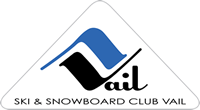
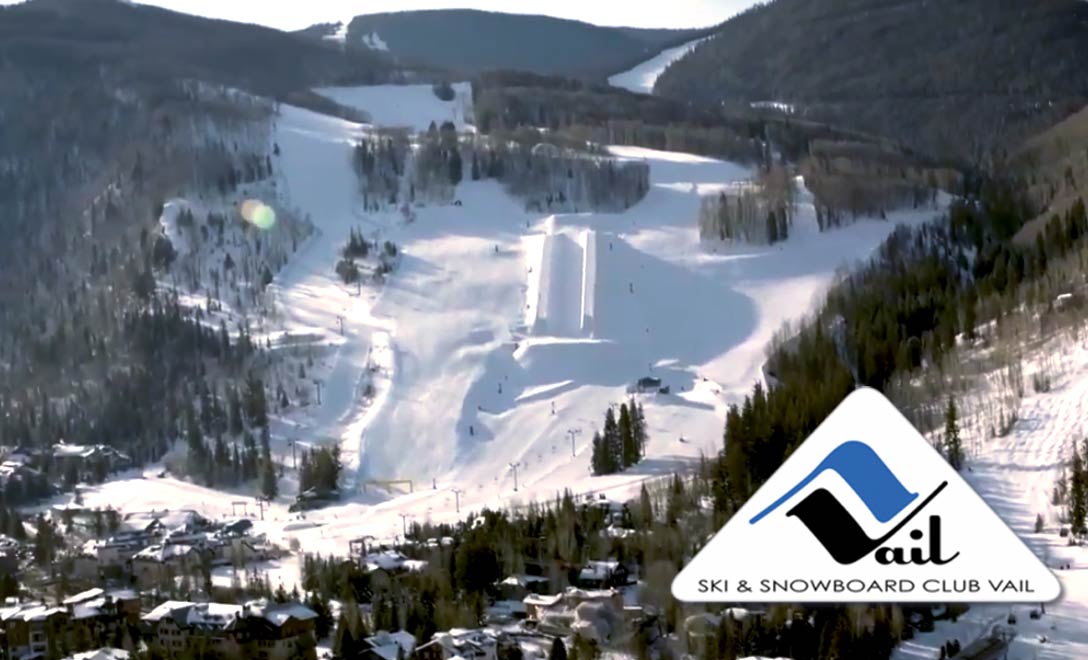
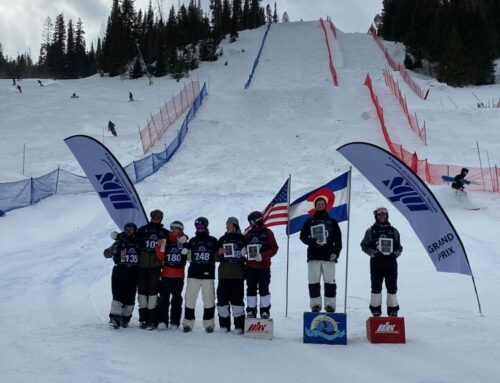
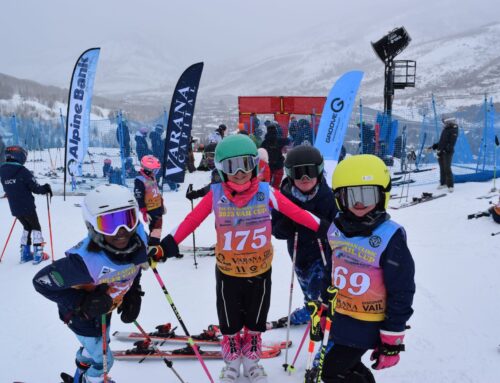
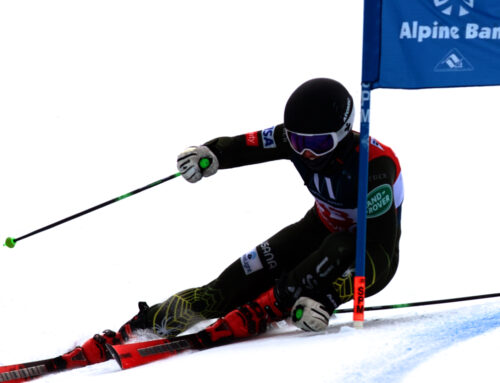
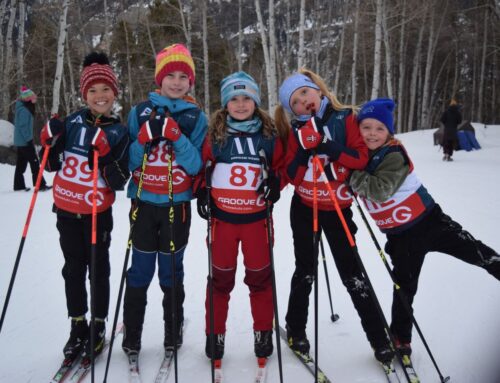
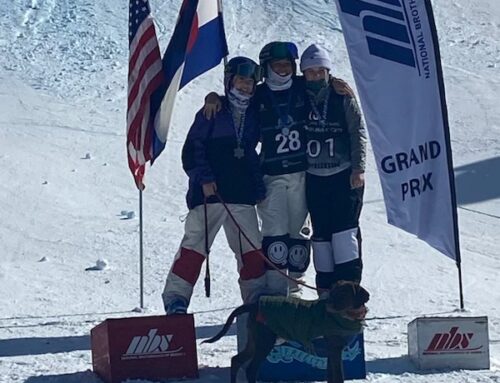
Follow SSCV